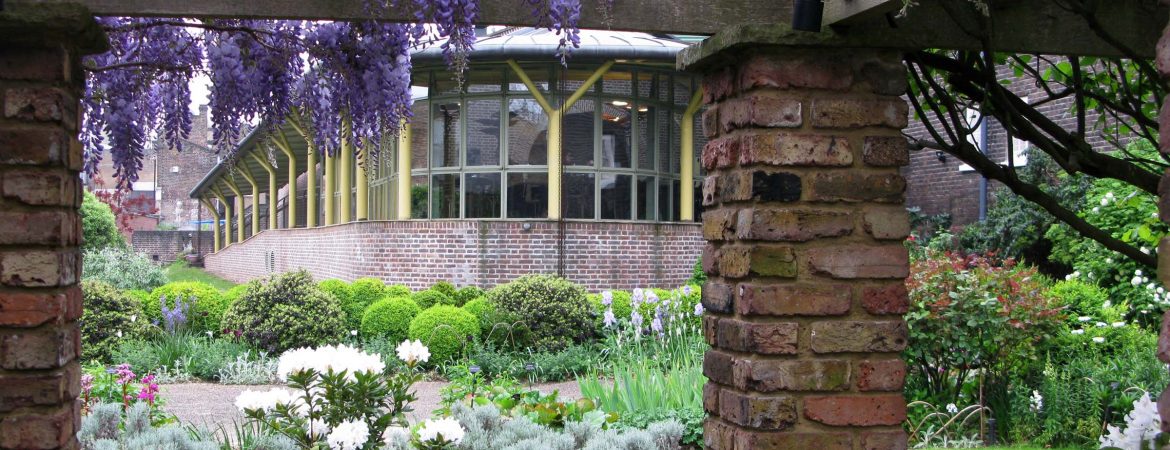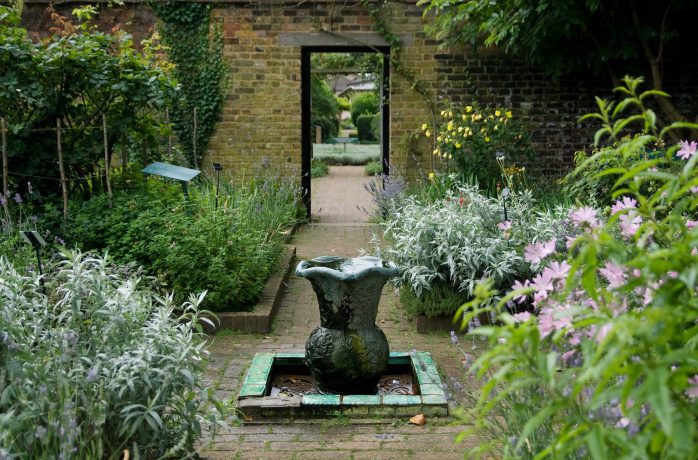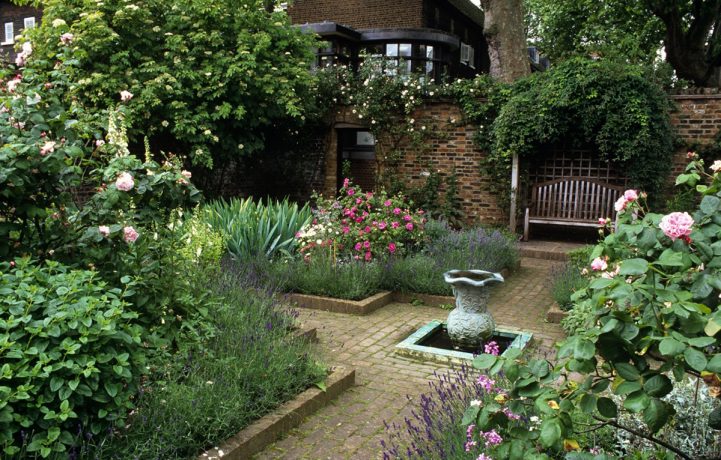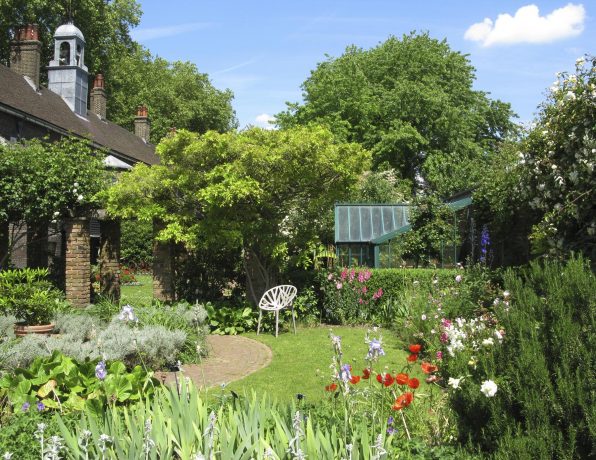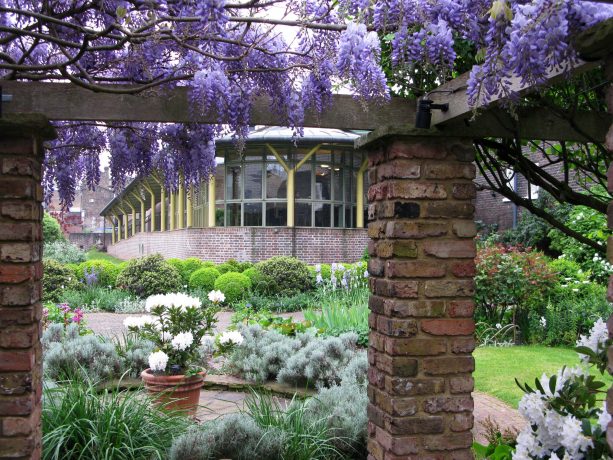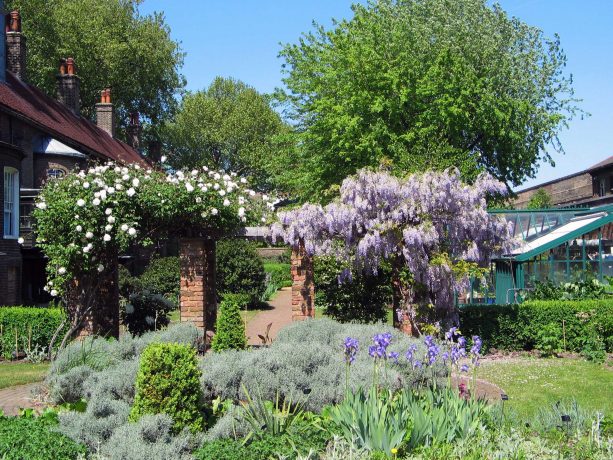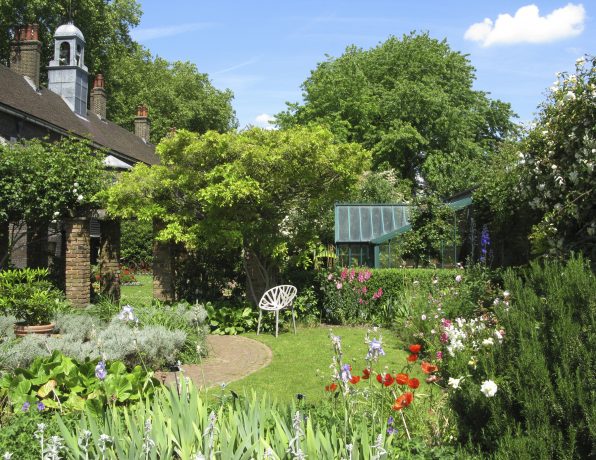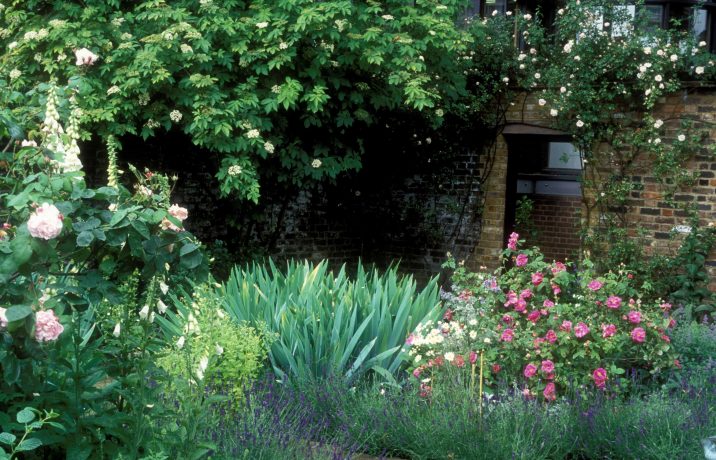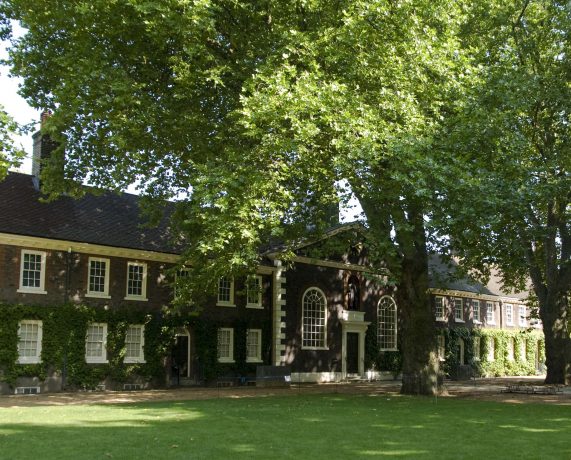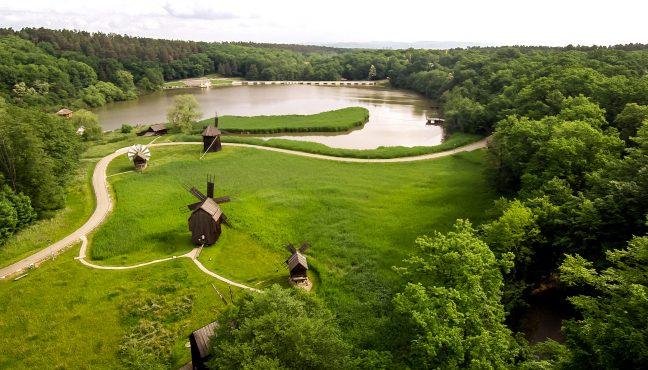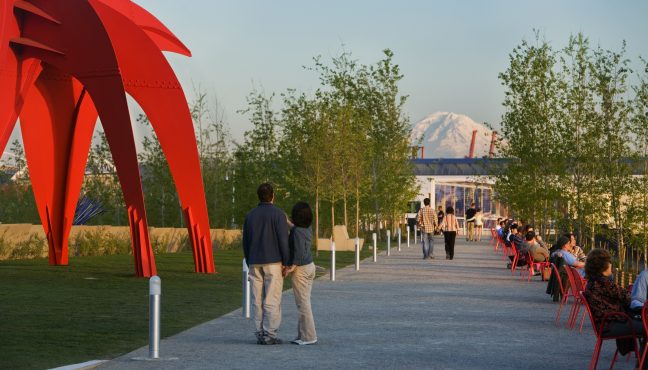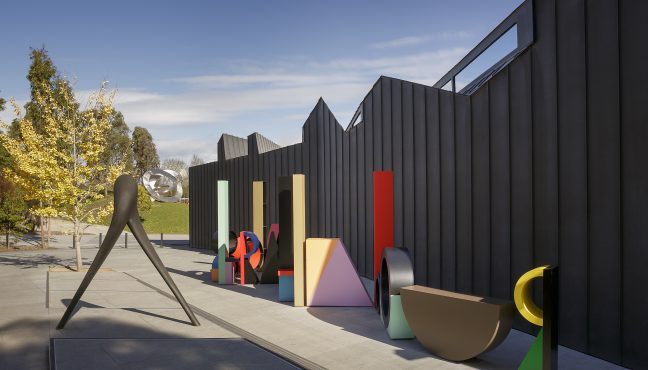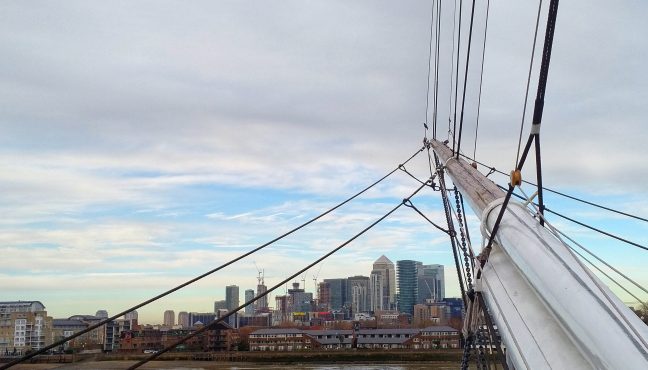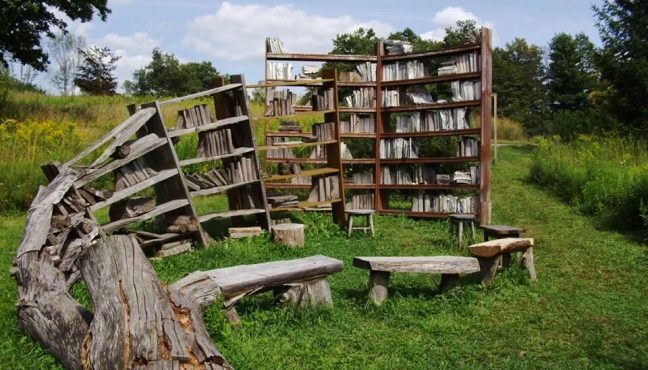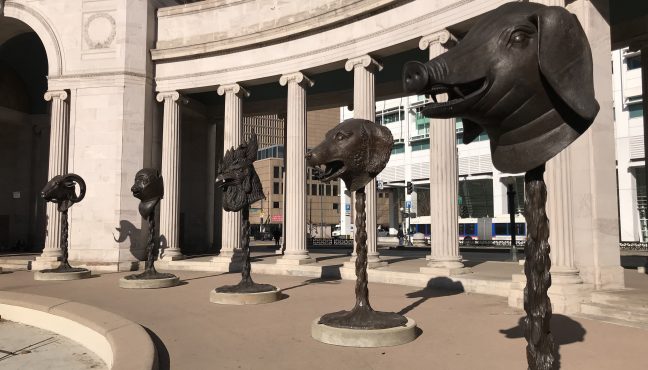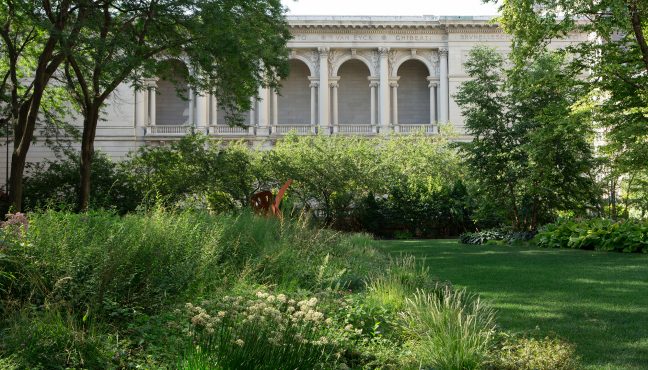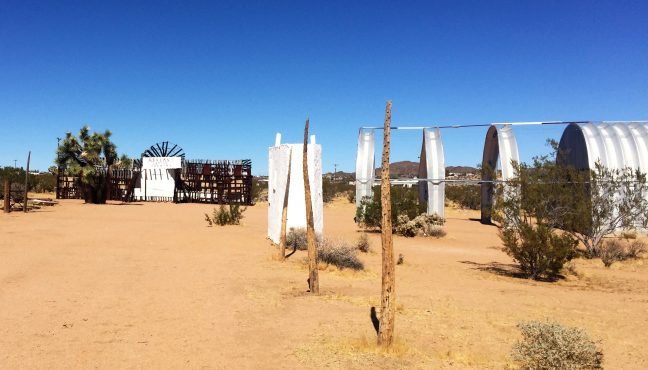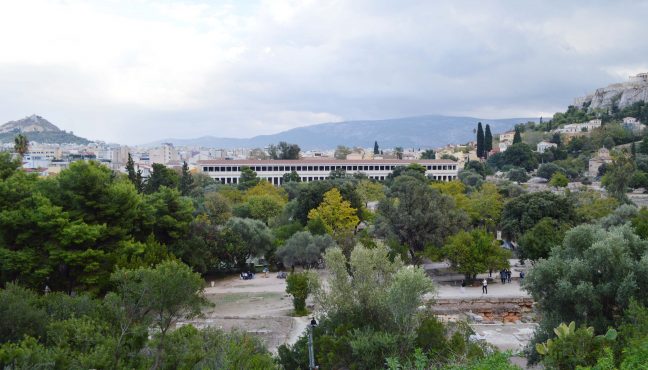The beautiful Geffrye Museum occupies several elegant early 18th-century buildings in Hoxton, East London, which were the former almshouses of the Ironmongers’ Company. Past visitors of this trendy neighborhood will notice how the area around the museum has dramatically changed for the better over the last few years. Even the uninspiring 1950s council flats with no redeeming features, that you see on Kingsland Rd on your way to the Geffrye, seem to have become more gratifying to the eye. However as soon as you enter the museum gates you are in a totally different environment.
Big city chaos is left behind; you enter a large garden with benches and tall trees and all that remains is to meditate to forget that you are in London at all. The garden outside the museum immediately gets you into the mood – you see trees, first planted in London in the 17th century, a big beautiful lawn and not a single piece of paper, cigarette butt or any garbage at all. The gardens are appreciated and protected by local residents, and so have become a meditative place to BREATHE and relax.
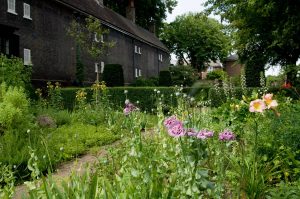
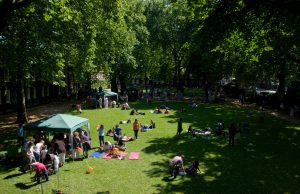
The almshouses adapted to house the museum, unveil the history of middle class England. The gardens are arranged in such a manner, that you can feel yourself travel through time from the 1600s to the present day. The Gardens (built in the 1990s) are divided into various sections. Each section allows us to learn more about London and its residents through the centuries. There is a section with plants that were cultivated at home and used for medicinal purposes, another with plants to help dye wool and cotton, a section for plants used to hide the unpleasant odors, a further section for plants that enhance the production of honey and many more.
As you move to the next area, you will see different gardens laid out exactly as you would see them in middle-class households from 1600s to the present day. Walking through the museum you cannot help but dwell on the history of England. The atmosphere and the gardens prompt you to philosophize. In the 1600s, plants were needed to survive, live well and be healthy. In the 1700s, gardens become a place to rest while still maintaining the medical necessities. They were not essential for daily life but were mainly for admiring from a window. The Victorians added a wilder look with busts and statues. When you walk to the early 20th century garden you can see how gardens have become art in their own right. This is partly due to people like Gertrude Jekyll (a member of the Arts and Crafts movement), who advocated using bright British flowers to turn a garden into a painting.
If you get tired of reflecting on history and decide to grab a quick snack it is worth visiting the museum café, a lovely spot with beautiful views of the gardens.
The Geffrye museum is definitely worth a visit for everyone and anyone who loves beauty and history, who wants to find their own Eden away from the hustle of East London, and to see the charming gardens. Not the grand ones of the aristocracy, but the gardens of the middle classes, of people who made their grounds an extension of their homes, of their personas and of their lives.
